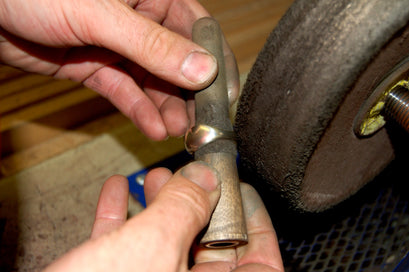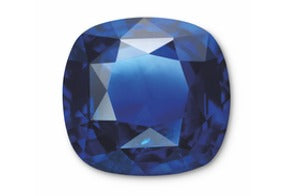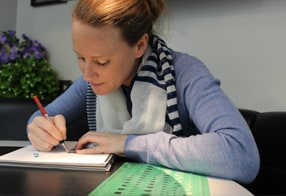Images from Holts Gems laboratory (left to right): colour zoning, unusual dendritic inclusion, fingerprint / feather inclusion
Sapphire: Birthstone for September
Celebrate with Sapphire! Not only is this beautiful gemstone popular for those born in September, it also celebrates both your 5th AND 45th year of marriage!
Did you know...
- Sapphire is among the strongest natural gemstones (other than diamond) which is why they are the top choice for engagement rings
- Sapphires are mostly known for their blue colour ranging from the lightest cornflower blue (the most valuable colour) to the deepest blue. But they also come in a rainbow of colours ranging from the lightest pink to green and all colours in between. They are known as fancy coloured sapphires
- Ruby is infact a red sapphire! They are all part of the corundum family of minerals.
- This very royal gemstone features highly in royal jewellery including the crown jewels (crowns, sceptres, rings, orbs…)
- The rarest and most prized sapphire colour is the padparadscha which means “lotus flower” in Sinhalese. The stone is found in Sri Lanka and has a vivid orangey pink to pinkish orange striking colour
- Some sapphires can display what is called in gemmological terms, a “phenomenon”. Colour-change sapphires change colour depending on the type of light - daylight or incandescent light. Star sapphires are cabochon-cut stones that display a five-legged, white hazy star created by fine intersecting needle inclusions. It moves around the stone as you move the cabochon
But how can you tell if a sapphire is natural...?
- Straight or angular ‘colour zoning’ (the uneven distribution of colour), although it’s not that obvious in lighter colours
- Fingerprints: round/oval shaped area of small liquid filled tubes that are strikingly similar to a human fingerprint.
- Fine rutile needles: these needle-thin lines appear in natural sapphires, they can create the 'star' phenomenon mentioned above
- Suspicion is aroused in a gemmologist if the gemstone has a very even colour….it could actually be a very fine quality sapphire or it could be synthetic/glass. Only further testing will reveal its’ true identity
We are all positively pedantic and passionate here about our gemstones so although these tell-tale signs are an indication of real vs synthetic, we would always recommend having your gemstone tested by a professional to be absolutely sure.
Holts Gems testing laboratory is fully equipped to provide you with instant results to give you the assurance you need. Our gemmologists are always on hand to do some detective work!


















